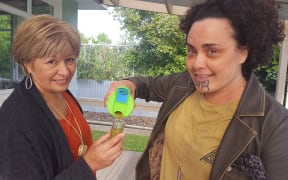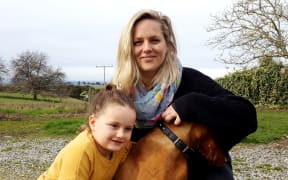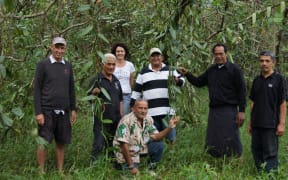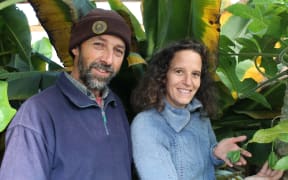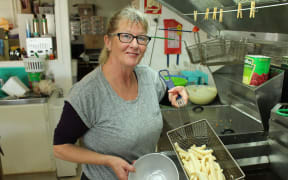What's happening on farms and orchards around Aotearoa New Zealand? Each week Country Life reporters talk to people in rural areas across the country to find out.
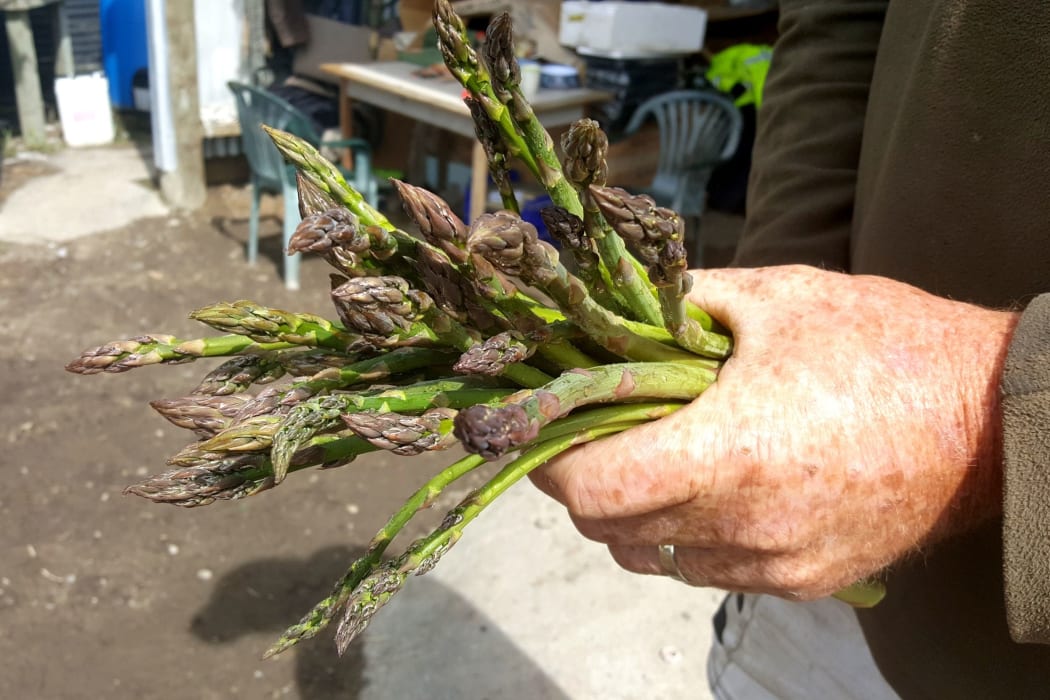
A fistful of asparagus Photo: RNZ/ Cosmo Kentish-Barnes
Te Ika-a-Māui-North Island
In Northland at least 30 millimetres fell and some lucky farms received between 50-70. It was really needed and may let some farmers shut up silage paddocks which they haven't been able to do so far. Recently sown crops will germinate but follow up rain is required. The main cloud on the horizon is, with a lot of beef cattle in the region, the dropping schedule price and what will happen from now on.
South Auckland received 50mm or more of rain. It was most welcome but did delay the harvesting of potatoes, carrots and the first of the new season's onions. Kiwifruit growers liked it too, although they could have done without Thursday's strong winds which also destroyed and spread around the countryside unsecured slabs of polystyrene from building sites in new residential developments near Pukekohe.
Similar amounts of rain fell around Waikato. It was super for the emerging ears of maize. Milk production is two to three percent up for the season to date, but it is too early for that to mean a lot. Grass has slowed a little in the colder temperatures, but it has been a good spring. Good volumes of asparagus are coming off fields but the export prices to Japan are poor at present. Our crop is still competing with Australian produce in that market. It means there is lots of asparagus locally for sale and prices for growers are very low.
In Bay of Plenty, pollination is in full swing on avocado orchards. There are lots of flowers and it looks as though next year will be an "on" year for a crop. Harvesting is in full swing too, although growers have eased up a bit at present. Exports to Australia have slowed because they have enough of their own fruit and until that clears, we won't send much over the Tasman. Our contact says New Zealand and Australian growers understand the market there and manage it well between them.
King Country received between 20-60mm of moisture which was great though water tables are still low so more is needed. Farmers are buoyant with the lamb schedule looking to be well over $7 a kilo for the entire season. As elsewhere, bull beef farmers are worried about dropping prices.
It had been getting really dry in Taranaki so this week's rain will stimulate grass growth again. Until this week the Waimate West demonstration farm had only had 22mm of rain for October. It has been a good reprieve and timely for just sown crops. The main issue now is getting silage cut but our contact said farmers always need something to worry about. Coastal farms which suffered a severe drought last summer, have in fact made good lots of silage.
The Gisborne flats are continuing to hum with activity as crops like peas, squash and corn keep going in, and the recent rain has been excellent. There has been no increase in lamb numbers in the region this year which is a bit of plus because the tighter supply will keep prices firm.
Hawke's Bay has been thankful for the rain. Croppers and farmers had been getting twitchy. Early lambs going to works are getting great prices, around $8.20 a kilo or at least $150 a head - for all weights and grades of lamb. However, our consultant contact says more news is filtering out about poor lamb survival during a September storm. Farmers aim to get docking all done by the last weekend in October and the pub talk is some farms are struggling to achieve 100 percent lambing and some lost upwards of a thousand lambs. That is very distressing. Some eastern hill country received 500mm of rain right on lambing.
Wairarapa also got rain. It has been so dry some farmers have changed the type of crops they planted in order to cope with the low soil moisture. Everything will be fresh now.
The really cold weather has slowed asparagus growth right up in the Horowhenua area but the accompanying moisture has been needed so growers will happily accept that. That weather also knocked quality a bit so a large exporter is holding his Japan volumes back. He won't export anything but the best. For him the Asian market is going okay too. Broccoli's cheap at present so that's taking gloss off buying asparagus.
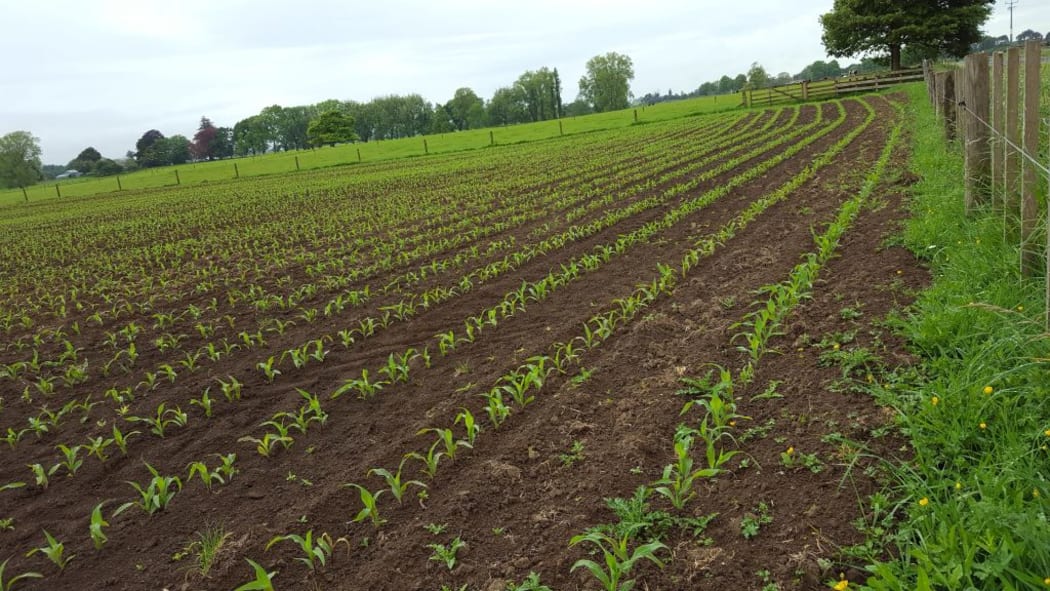
A bumper season for asparagus Photo: RNZ/ Cosmo Kentish-Barnes
Pastoral farmers wanted the rain too but now they're desperate to get silage cut so they can get maize planted. Some have been caught with the grass cut and not bailed so are having to fiddle around getting it dried for baling.
Te Waipounamu-South Island
It has been a bit cold this week in the Nelson-Tasman region and there are some fresh skiffs of snow on the ranges. Chemical thinning is in full swing in apple orchards, trees are being trained for ease of picking and there's still a bit of planting going on.
Marlborough had enough rain this week to keep the grass growing with Blenheim recording about 20mm. Sheep farmers are drafting early lambs and meat prices are looking good. In vineyards, workers are busy lifting vines and fortunately there have been no frosts, despite snow falling down to 800m. Rivers levels are a bit low at the moment and as the sun gets hotter, evapotranspiration levels are rising.
It's one out of the box says our contact in Atarau on the West Coast. Grass is shooting out of the ground, silage is being made and cows are milking well. Paddocks are being sprayed and cultivated in preparation for next winter's swede and fodder beet crops.
This week saw the official opening of the Central Plains Water or CPW irrigation scheme in Canterbury. A crop farmer at Hororata says it has been a long time coming and a dream come true for us with the end of droughts, and now we have many options of things we can farm and grow that we have not had before. Ironically, this week has been wet with about 50mm falling, meaning all irrigators have been turned off. This has delayed some work and it's expected contractors will be busy when the weather fines up.
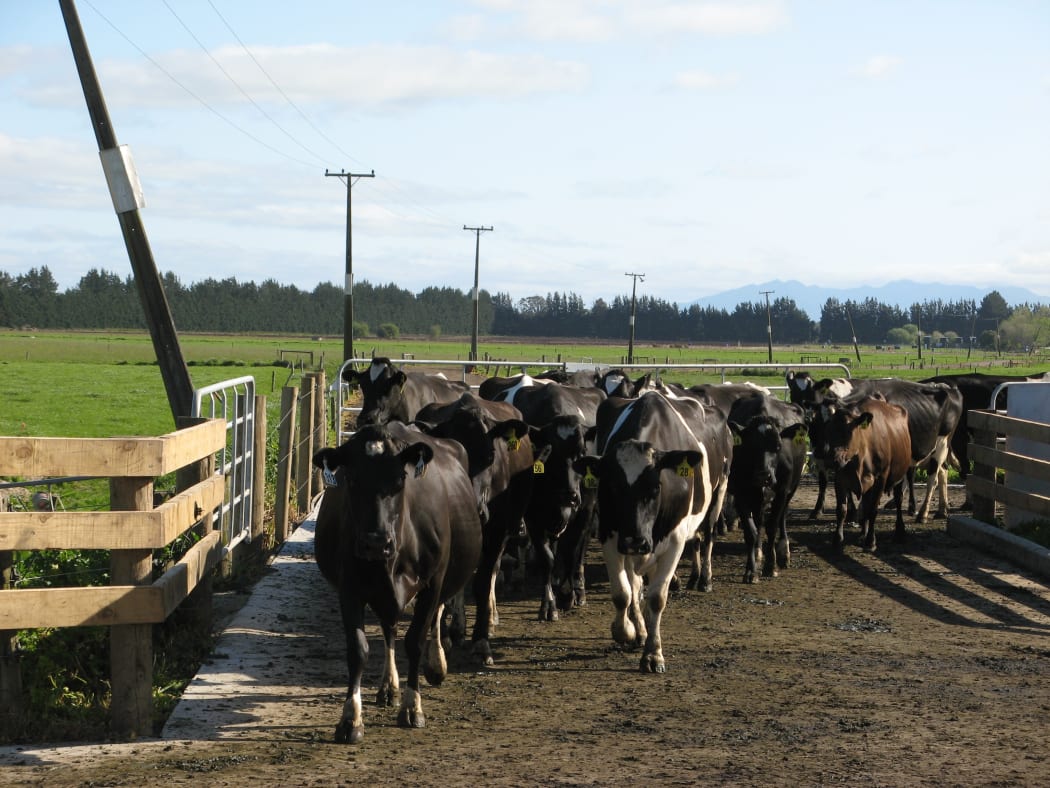
On the move Photo: RNZ/ Susan Murray
A farmer in Otago's Taieri area says showers, wind and cloudy conditions have not slowed grass growth on his farm and milk production's ahead - but that's not surprising because there was flooding in the area this time last year. The first round of artificial insemination is done, people are starting to work up ground for re-grassing and the first cut of bailage will come off next week.
It's been a typical wet and windy October for Coastal Southland properties. Everyone is battling to get in crops and mating is in full swing. Milk production is up about 10 percent after a fantastic August and September.
